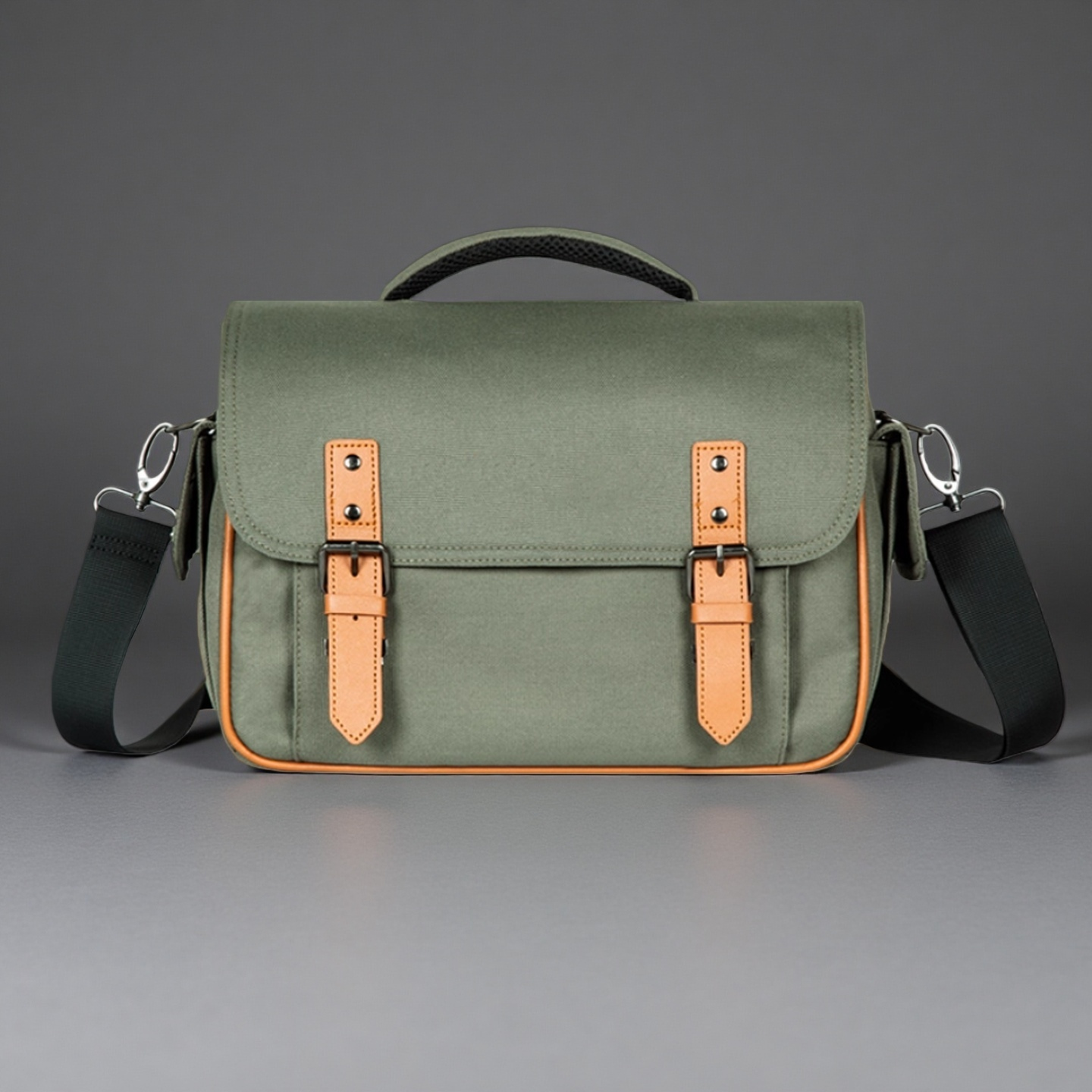

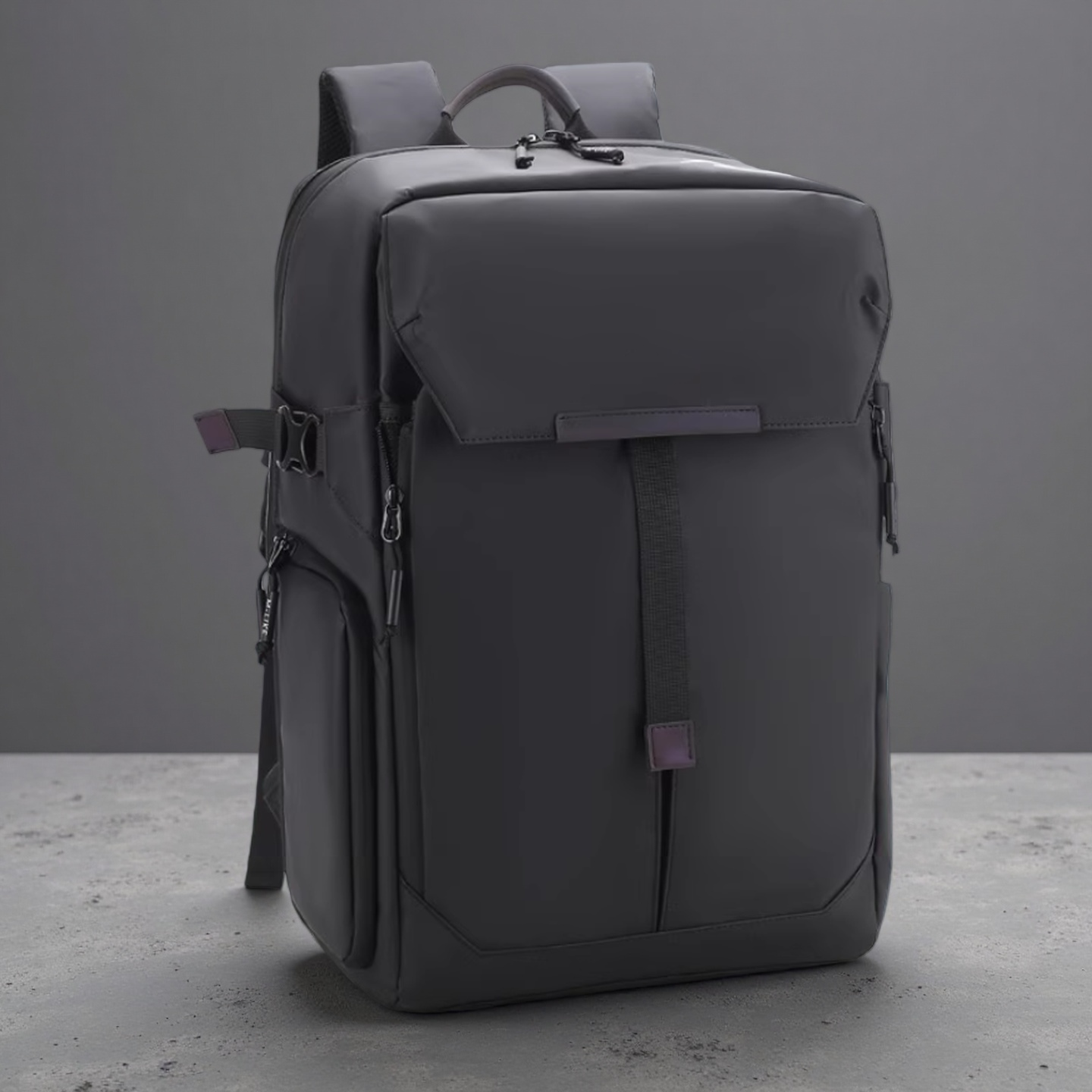
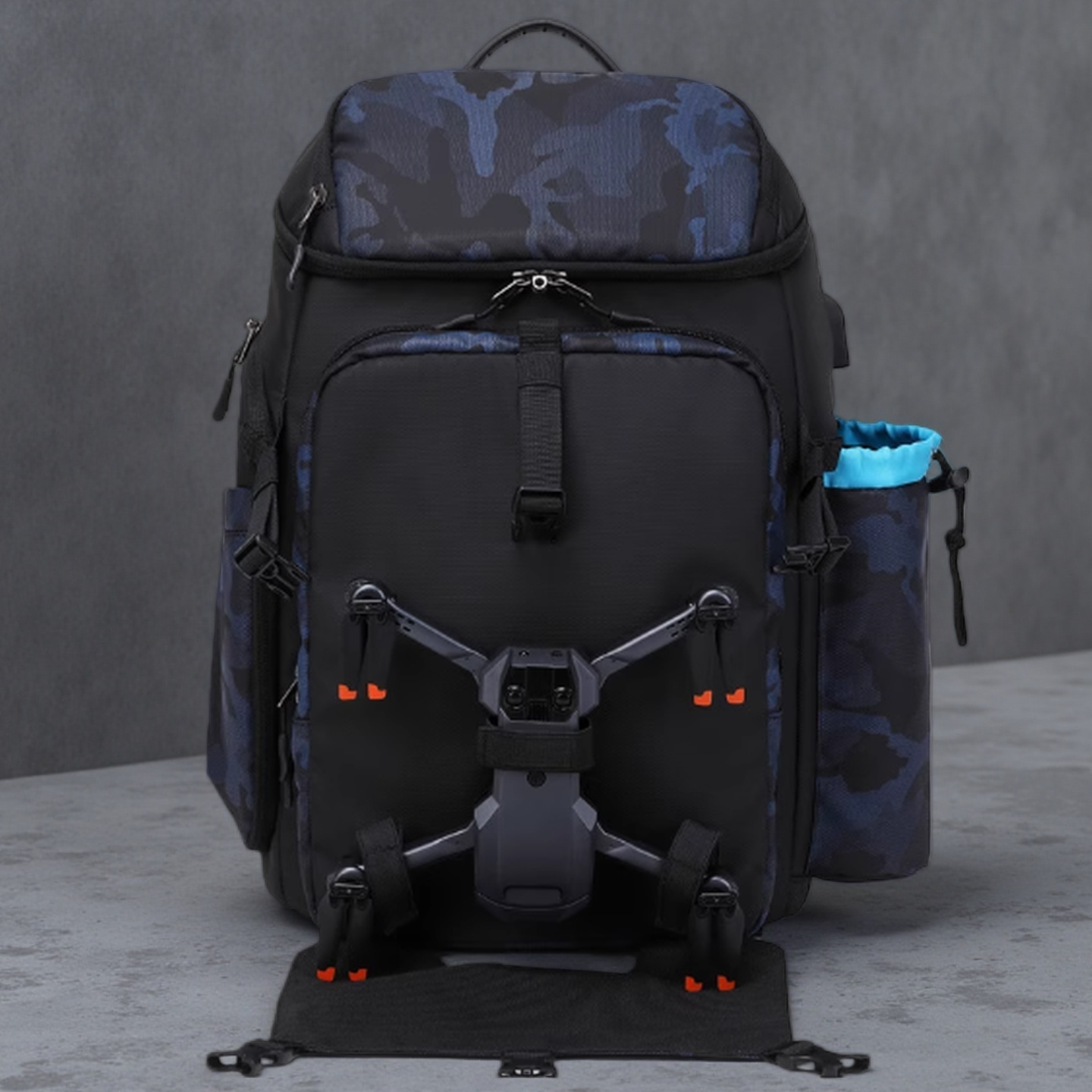




In 1969, the Apollo 11 mission sent humans to the moon for the first time. During the 8-day mission, astronauts must deal with challenges such as weightlessness, confined space, and radiation. The medical accessories package, as the core emergency equipment in the command module, aims to provide basic medical support and ensure the health of astronauts.
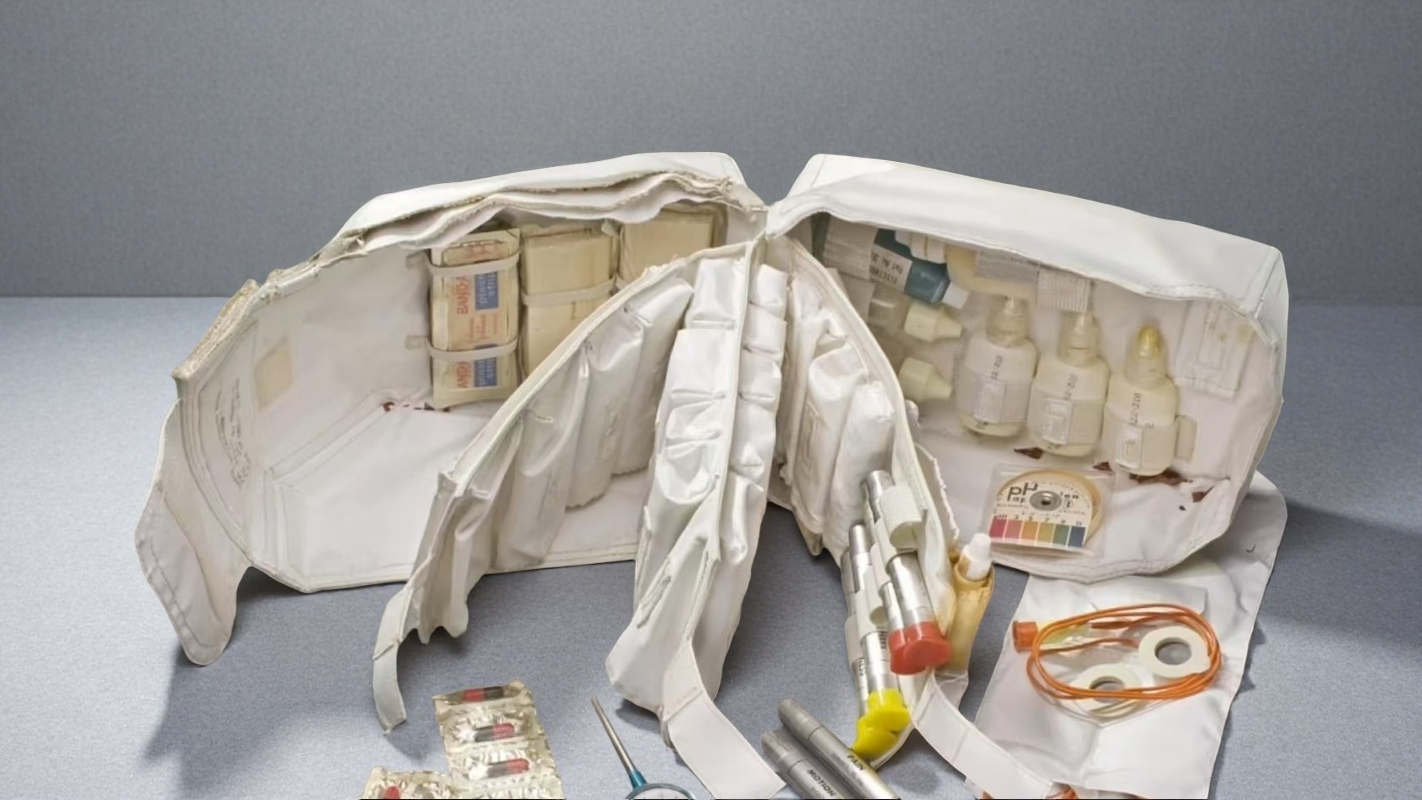
Three page folding structure: The interior adopts a three fold design similar to a book page, with multiple small pockets sewn on each page for sorting and storing medical supplies, making it easy to access quickly.
Refractory materials:Use fire-resistant fabrics (such as Betacloth) externally to ensure safety in the event of high temperatures or electrical failures.
Lightweight design:The overall structure is compact, with weight controlled at an extremely low level, meeting the strict requirements of spacecraft for payload.
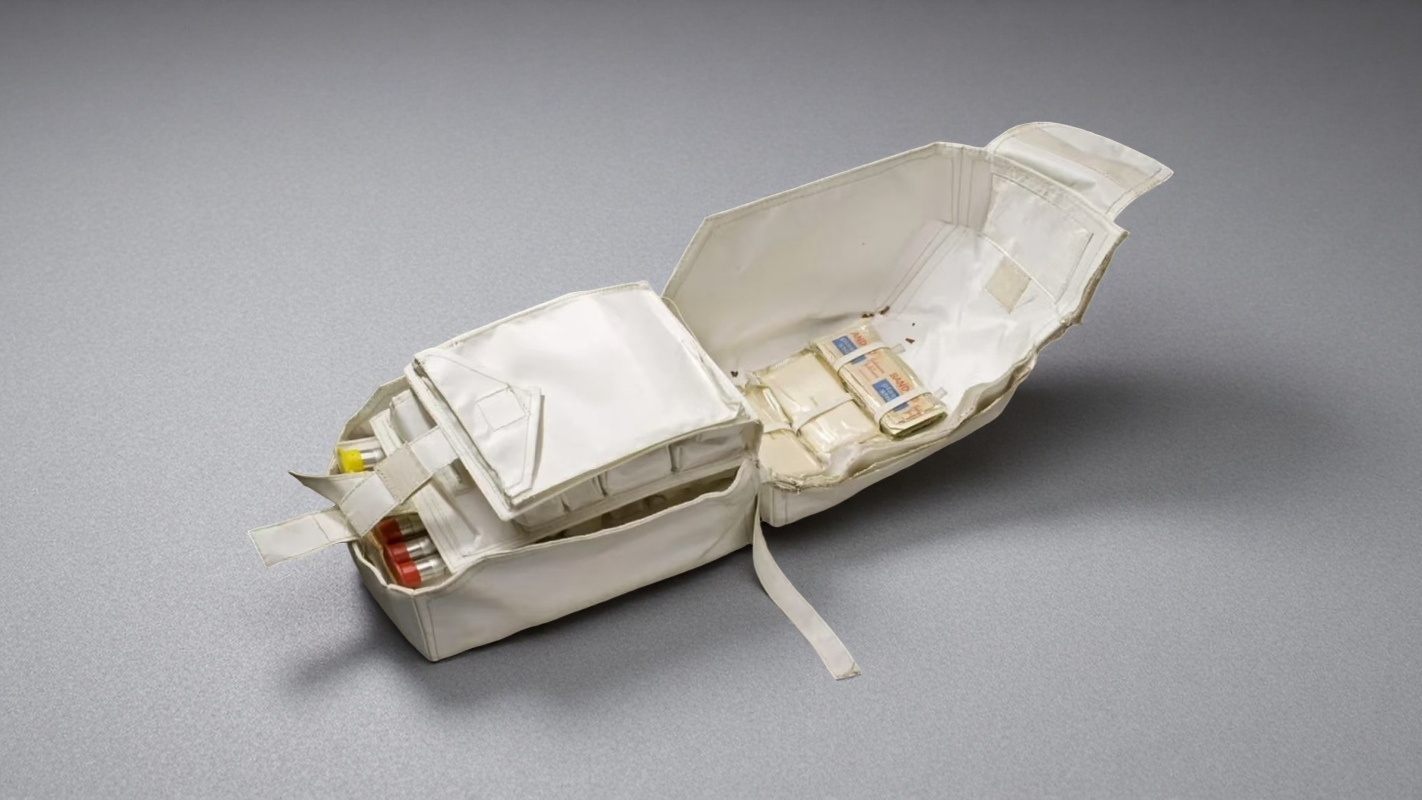
Fixed position:The medical kit is fixed in a dedicated compartment on the right wall of the command module, close to the pilot's seat of the lunar module, ensuring quick access in emergency situations.
Modular design:Together with other devices such as navigation computers, communication systems, etc., it forms a modular layout inside the cabin to improve space utilization.

Drug configuration:including motion sickness syringes, pain relief syringes, eye drops, nasal sprays, sleep pills, antibiotic ointments, etc., covering common space diseases.
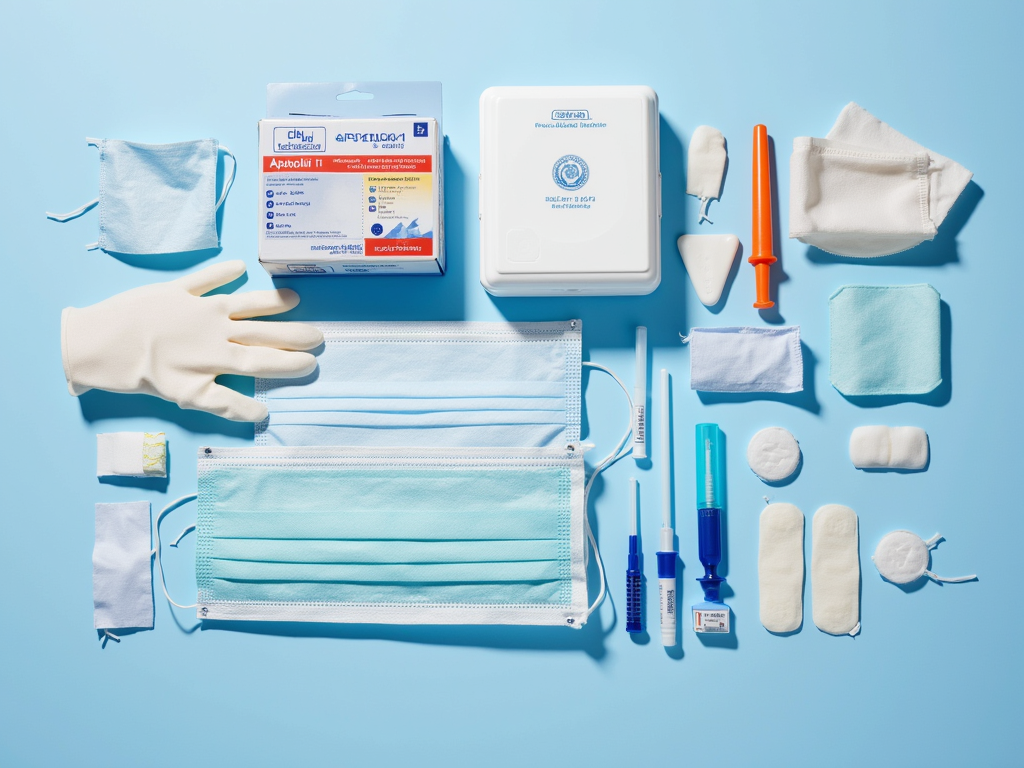
Emergency response: All drugs are packaged in single dose, making it easy to use quickly and safely in a weightless environment.
Visual management: The transparent pocket design allows astronauts to easily identify the required items at a glance, reducing operation time.
Minimalism:Achieving maximum functionality within a limited space, emphasizing the design philosophy of 'less is more'.
Material Innovation: Adopting advanced materials to enhance durability and safety, adapting to extreme environments.
The medical accessories package of Apollo 11 is not only an important equipment in the history of aerospace, but also a model of functionalist design. Its exquisite design in structure, materials, function, and space utilization provides valuable references for modern product design. Whether it's equipment design in extreme environments or functional products in daily life, inspiration can be drawn from it.